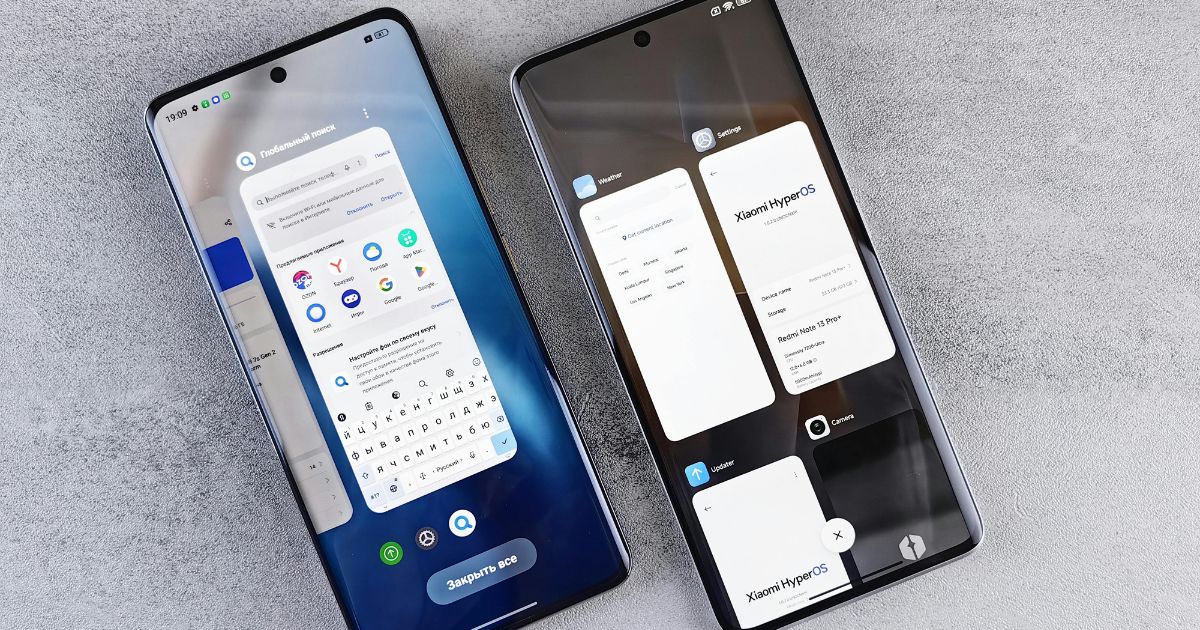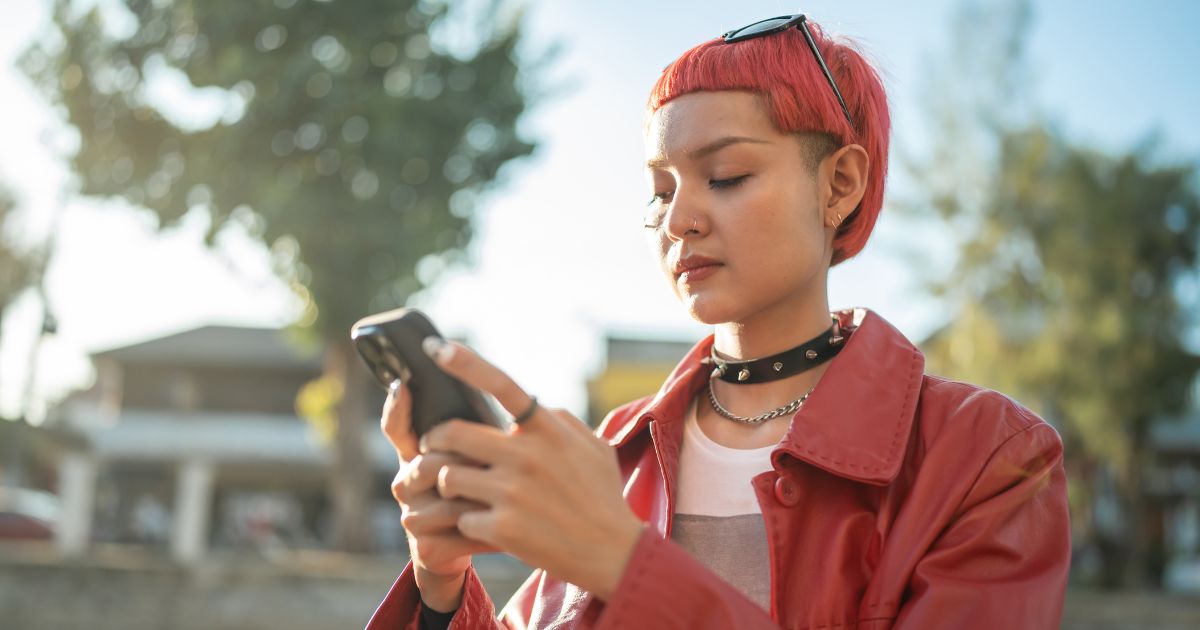The 2020 COVID-19 pandemic has already revealed much about the critical role of Telehealth in a crisis. It is also shifted how doctors and patients view Telehealth and the necessity of in-person care.
In this article, we’ll explore five major Telehealth trends that will continue to evolve even after the COVID-19 crisis abates.

1. AI and Chatbots
One of the obvious benefits of Telehealth is it decreases patient wait times. Patients don’t have to travel, sit in crowded waiting rooms, or wait for their doctor to write them a script or give them a diagnosis. They can easily request a virtual meeting with their doctor and attend that meeting from the comfort and privacy of their own home.
The introduction of AI and chatbots in Telehealth, specifically mobile healthcare apps, can decrease patient wait times even more. Chatbots enable patients to confirm their history, explain their symptoms, and express their concerns prior to meeting with their doctor. Patients can even upload photos, rank the severity of their symptoms, and go through the same Q&A process that they would with a healthcare assistant.
In addition, chatbots can aggregate patient responses to identify the cause of a patient’s symptoms. They can even prioritize high-risk patients in a queue, offer helpful resources like self-care articles, propose a diagnosis, or even create treatment plans. The thoughtful infusion of AI in healthcare apps can even promote greater patient health accountability.
AI and chatbots will never become a full substitute for in-person care. They will, however, become more prevalent features in mobile healthcare apps as providers continuously find ways to improve the patient experience, streamline intakes, and ultimately improve their own operational efficiency.
Healthcare industry leaders including Conversa and Ro are already paving the way by investing in new AI technology. Additionally, Global Market Insights predicts AI in healthcare to become a $1.5 billion market by 2024.

2. Clinical Trials and Tracking the Patient Journey
The COVID-19 crisis revealed the criticality of tracking and monitoring the spread of diseases to help slow infection rates. It also reinstated the other benefits of being able to track patients on an individualized level. Being able to track a patient’s health journey, no matter where they are, has helped boost recruitment efforts for virtual clinical trials. These trials can be used to evaluate a number of physical and/or mental health related issues.
Patients who were previously barred from participating in virtual clinical trials due to location, income, or other barriers can now participate in studies that contribute to greater research findings and improved healthcare.
In addition, patient and doctor confidentiality remains arguably more private through the use of Telehealth. Patients don’t have to show their face in an office to receive treatment or to participate in a prolonged health study. This breaks down patient fears of being stigmatized based on their disease or health condition.
Furthermore, providers can take a more holistic approach to patient conditions using real-time data tracking. They can identify trends, abnormalities, and outliers in a patient’s bio-behavior over an extended period of time. They may even be able to identify the source or onset of a patient’s symptoms by matching up location with a timeline of bio-behavioral changes.
Think of tracking the patient journey like your iOS apple watch tracks you. It monitors your heart rate, reminds you to breathe, calculates your daily steps, and even runs reports on your quality of sleep. These hyper-personalized insights allow doctors and patients to look a the bigger picture and establish baselines and solutions for better health.
3. Personal Devices
Wearables and other tracking devices are exploding across many industries, and healthcare is no exception. We’ve seen recent feature additions that are able to warn patients when a heart attack may be coming on, when a patient may have taken a hard fall, sleep quality/quantity tracking, and many others.
As private practices and hospital divisions increase the types of Telehealth services they offer, we will see an explosion of wearables and other devices crop up to aid in symptom tracking, metrics collection, and visibility on outcomes for outpatients.

4. Geographic Load Balancing
Doctors, nurses, and practitioners, especially in largely populated areas were quickly overwhelmed with the influx of COVID-19 positive patients and those who exhibited known symptoms of the virus. This created a dire situation where the ratio of doctors to patients was outside of best practices and care, but was a natural consequence of the situation at hand.
As a result, the White House permitted the U.S. Department of Health and Human Services to practice medicine outside of state lines to aid populations that required care. Geographic load balancing proved important as it connected doctors with patients in highly affected populations that required medical care, but didn’t have the providers to help them.
Before geographic load balancing became widely practiced, patients either had the option of scheduling an-in person meeting with their healthcare provider (which could be days or weeks out), finding another provider nearby, or going straight to an emergency room or outpatient clinic.
Geographic Load Balancing may not be a trend that continues across state borders post-pandemic, but we do expect the practice of better allocating human workers to meet patients where they’re at will continue to develop through Telehealth and healthcare mobile apps in the future.
We also expect that this smart reallocation of resources will not be confined to primary health care providers, but also healthcare specialists, pediatricians, wellness providers, and even veterinarians.
5. Increased Adoption
It’s pretty easy to understand the upside of Telehealth for patients – namely, less waiting time, no commute, and reduced cost. For physicians, the benefits can be a little harder to see. That being said, as millennials begin to replace boomers as the primary age bracket for doctors, we will see the impact of millennials having grown up with technology. On average, they are more confident in and more comfortable with technology than generations that were introduced as adults.
In addition, now that insurance companies are increasingly coming to view Telehealth as a truly viable alternative to in-person care, reimbursement rates are on the rise and reducing the barriers to entry for doctor’s looking to take advantage of a wider patient base, the ability to help a lower-income or more rural demographic, increased efficiency, and much lower overhead costs to their practice.
6. Conclusion
If one single instance has taught us more about the benefits of telemedicine and mobile healthcare apps than any other occurrence in history, it’s the COVID-19 crisis.
Patients have experienced the real benefits of personalized care from the comfort of their own homes. Providers have also experienced the benefits of Telehealth in other ways like better allocation of their workforce, safer working conditions, and more streamlined communications.
AI chatbots, tracking the patient journey, geographic load balancing, personal devices, and increased adoption are just five of the many innovative ways we can expect to see Telehealth and telemedicine develop in the future. It stands to reason that seeing the real-world applicability of these functions in a crisis creates an even greater demand for better solutions in our healthcare system in the future.
AppIt has extensive experience in the healthcare industry and understands HIPAA's requirements in healthcare app development. If you need assistance in planning your app development project, book a free project call with one of our industry experts.
For more information on this topic, see: Telehealth in a Crisis: The Real Importance.








